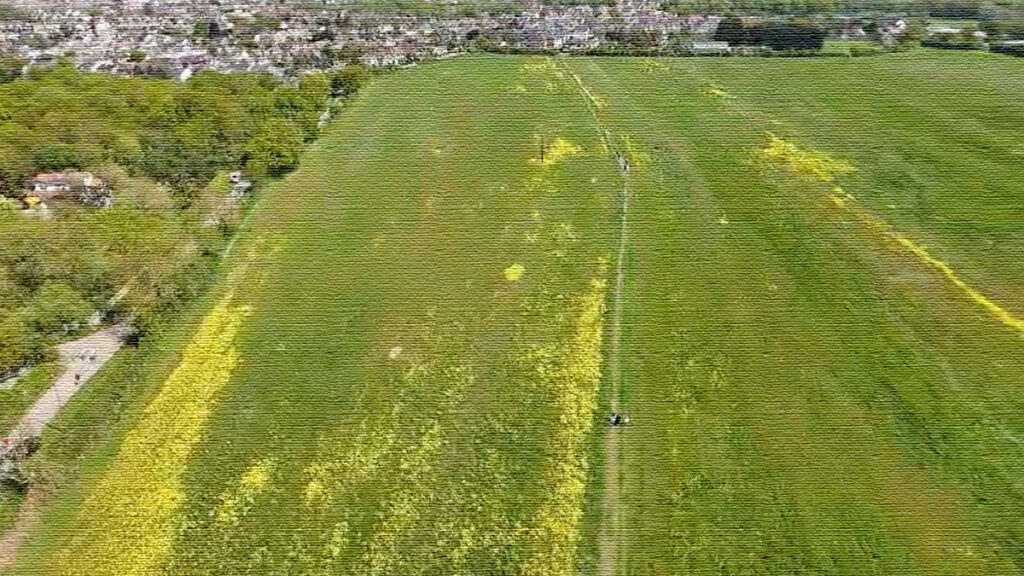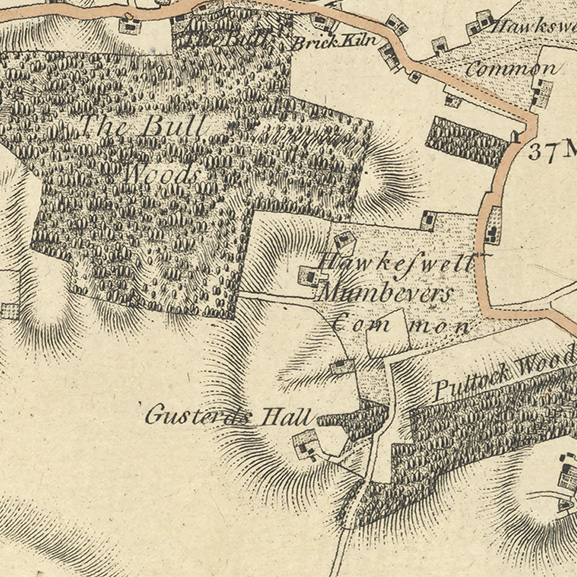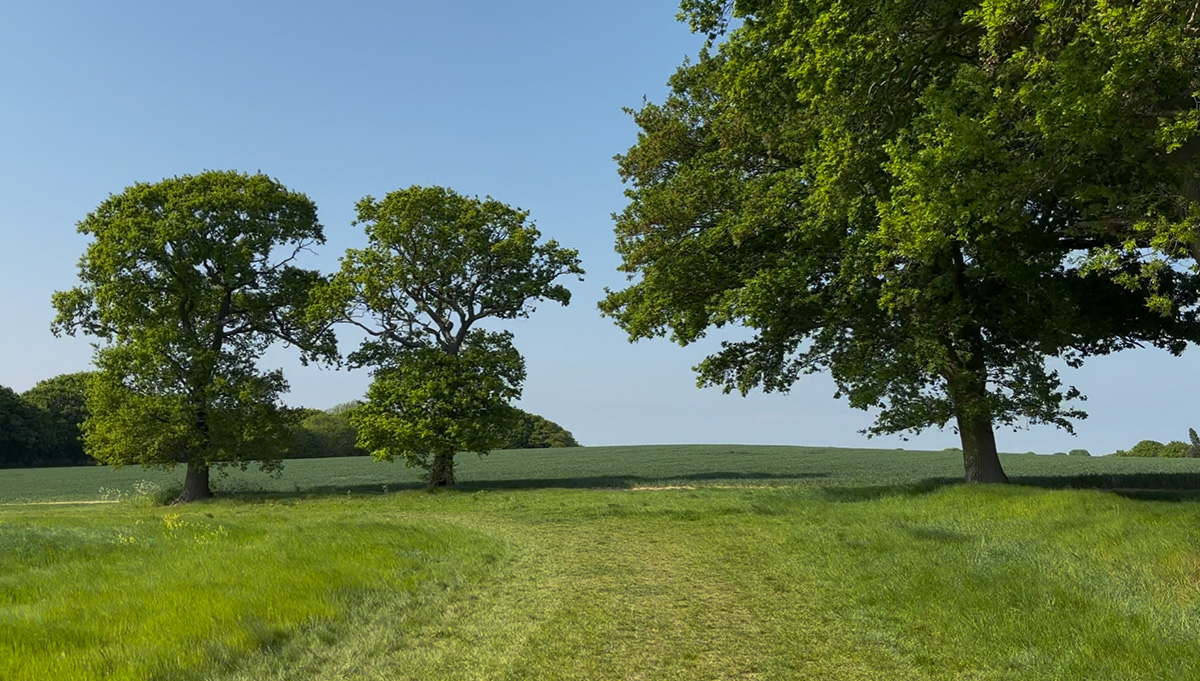Unearthing the Past: Hidden Archaeological Gems of the Upper Roach Valley
The Upper Roach Valley, a place often celebrated for its natural beauty and tranquil landscapes, might not immediately spring to mind when one thinks of prominent archaeological sites. Indeed, as the Historic Environment Characterisation Project notes, few such sites have been formally identified within the area. However, to interpret this as a lack of historical activity would be a significant oversight. Instead, the very stability of land use and the relative lack of intensive development in the Upper Roach Valley may have inadvertently preserved a wealth of historical secrets beneath its surface.

Glimpses from Old Maps
Cartographic evidence offers intriguing glimpses into this hidden past. The Chapman and Andre map of 1777 clearly depicts a historic common in the area of a proposed development, surrounded by structures indicative of human habitation. This common land persists on the first edition Ordnance Survey map of 1877, labelled as “Hawkwell Lower Common,” with further structures marked both within and around its boundaries. These maps serve as a tangible reminder of past land ownership, community spaces, and settlement patterns that have shaped the valley.

The Enduring Landscape
Beyond specific sites, the survival of significant elements of the historic landscape itself speaks volumes. Ancient woodlands, with their gnarled trees and time-worn paths, often hold within them subtle earthworks – the barely perceptible remnants of past agricultural practices, boundary markers, or even long-vanished settlements. These features, woven into the fabric of the natural environment, offer a continuity of history that predates written records.
Echoes from the Historic Record
The Essex Historic Environment Record (EHER) provides further clues to the valley’s deeper past. To the south lies evidence of a medieval deer park (EHER 46858), a testament to organized land management and the influence of medieval society on the landscape. To the west, the designation of the Upper Roach Valley as part of the Rochford Ancient Landscape (EHER 47207) underscores an area recognized for its long and rich history, hinting at human activity stretching back centuries.
Whispers of Earlier Times
Within this ancient landscape, tangible evidence of earlier human presence has been unearthed. Isolated finds such as prehistoric axes (EHER 13548 & EHER 13553) and scatters of flint tools (EHER 13488) offer tantalizing glimpses into the lives of the valley’s earliest inhabitants, thousands of years ago. The discovery of a Roman coin (EHER 13352) further illustrates the area’s connection to the wider historical movements and settlements of Roman Britain. While these may be individual finds, they often act as signposts, suggesting the potential for more substantial, as yet undiscovered, archaeological sites in the vicinity.

Later Influences and Military History
Later periods have also left their mark. Medieval and post-medieval activity has been identified within the Rochford Ancient Landscape, indicating a continued human presence and shaping of the environment through these times. More recently, the valley’s strategic location has played a role in national events. The presence of the Scrubs military camp (EHER 20707) to the south and the heavy anti-aircraft gun site at Hall Road (EHER 20709) to the southeast serve as reminders of the area’s involvement in 20th-century military history.
A Landscape Holding its Secrets
Considering this accumulated evidence, the observation that the proposed development site is situated over a historic common takes on a significant weight. The convergence of cartographic evidence, the survival of ancient landscape features, and the scattered yet significant archaeological finds strongly suggests the potential for this area to contain multi-phased archaeological deposits – layers of history waiting to be uncovered. These deposits could hold invaluable information about past communities, their land use, and their way of life across different historical periods.
While the Upper Roach Valley may not boast well-known Roman villas or medieval castles, its story is etched into the very fabric of its landscape. The potential for future archaeological discoveries to illuminate these hidden chapters of history is significant. As the valley continues to evolve, a sensitive and informed approach, one that recognises and respects the potential for buried heritage, is crucial to ensure that the silent stories of the Upper Roach Valley are not lost forever.

